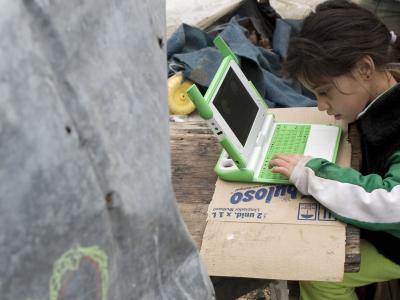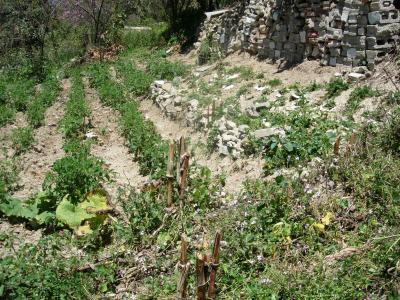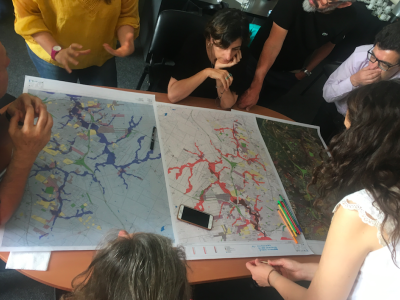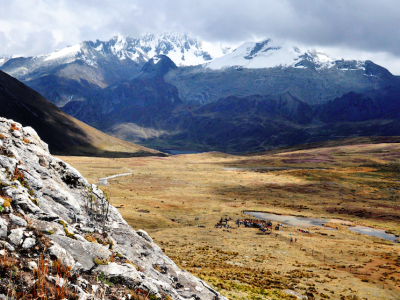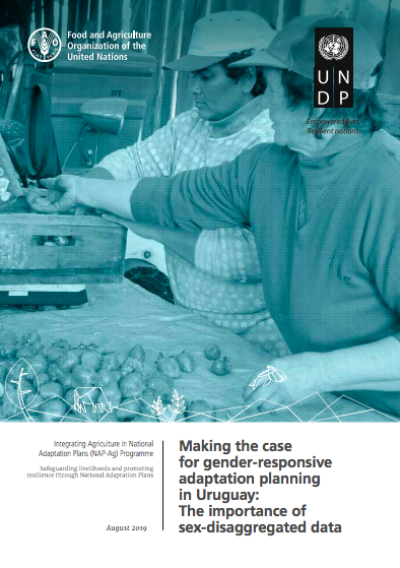Because of its small territory and the low level of industrialization, the contribution of Uruguay to the generation of global warming is not significant. It has an economy based primarily on the use of natural resources. Therefore, however, Uruguay's vulnerability to climate change is high. The vulnerability is influenced by certain factors of geography. Part of the country is located on the coast Rio de la Plata, a large natural variability, downstream of a large basin, which is impacted by the activities and efforts carried out in several regions covering the basin. Also subject to the effects of complex ocean-earth-atmosphere system in the Southwest Atlantic, these facts contribute to its natural variability. Uruguay is in the temperate zone of South America, between latitudes 30 º and 35 º South latitude and meridians 53 ° and 58 ° longitude West. Uruguay is bordered by Argentina to the west, Brazil north and northeastern, Rio de la Plata to the south, and the Atlantic Ocean to the east. The Uruguayan coast covers over 680 km. Approximately 70% of the population lives in coastal areas. The total population is 3,380,177 inhabitants. The rate of population growth (0.6%) was one of the lowest in the Americas since the 1960s. The area is 175,016 km2, with approximately 140,000 km2 territorial sea, islands and waters of the rivers and lagoons surrounding. http://web.worldbank.org/WBSITE/EXTERNAL/COUNTRIES/LACEXT/0,, :: ~ 22077094 pagePK Accessed: 146736 ~ piPK: 146830 ~ theSitePK: 258554.00 html.)
To date, Uruguay has submitted three national communications to the Convention United Nations Framework on Climate Change (UNFCCC), carrying out the actions the government has already taken and the analytical basis for policy response to climate change and its commitment to take further action within an international standard.
The First National Communication (1997) established the National GHG Inventory for the year 1990 (INGEI 1990) and included an initial identification of mitigation options and adaptation to climate change for agriculture and coastal development.
The Second National Communication (2004) took inventory of national greenhouse gas (INGEI 2000) for the period 1990, 1994, 1998 and 2000 (agriculture, land use change, waste and forestry emissions are included in this inventory) and included mitigation and adaptation options identified as part of the preparation of the Program of General Measures for Mitigation and Adaptation to Climate Change (PMEGEMA, Spanish acronym). The communication also includes a proposal for the creation of an entity responsible for management actions and response measures to climate change, through partnerships with the public and private sectors. In The Second National Communication were used the results of the IPCC TAR models, including HadCM3, ECHAM4, CSIRO and GFDL, and climate models regional, including HadRM3 to future climate scenarios and vulnerability assessments.
In the last UNFCCC United Nations on Climate Change, Uruguay presented the Third National Communication to the Conference of the Parrtes developed by the Climate Change Unit (UCC (of the National Environment MVOTM. This Third Communication National meeting summarized the information generated by the country in 2005-2010 on climate change, considering in particular the National Inventory of Greenhouse Gases, the adaptation and mitigation policies and priority measures, programs and projects developed in the period as well as aspects related to technology transfer, information, education and research.
The same was done in the framework of the Third National Communication on Climate Change UNDP URU 05/G32, based on an intense collection of information and consultation bodies to the main organizations and institutions working in this area in Uruguay. This paper was presented at the Conference of the Parties (COP 16) held in Cancun, Mexico in November 2010.
Projects Completed
Latest Updates
See allLatest Publications
See allThe design, implementation and analysis phases of this case study drew on the expertise of various divisions at Uruguay’s Ministry of Livestock,…


